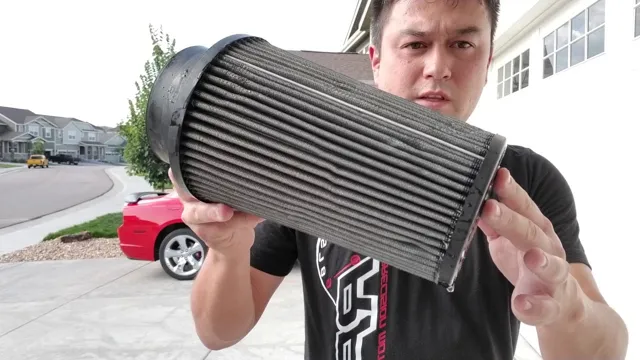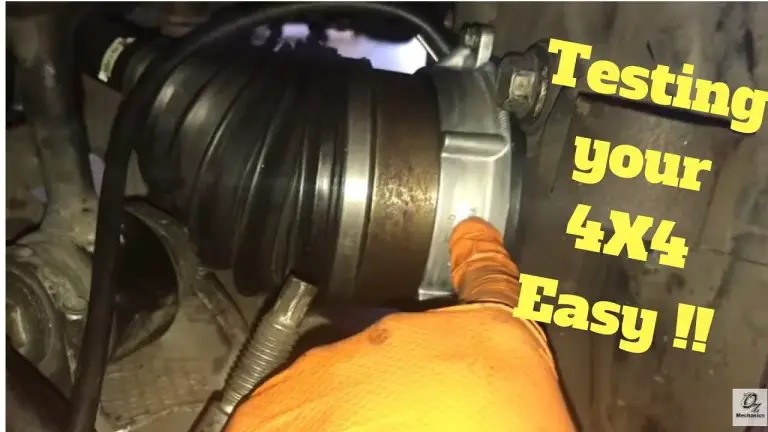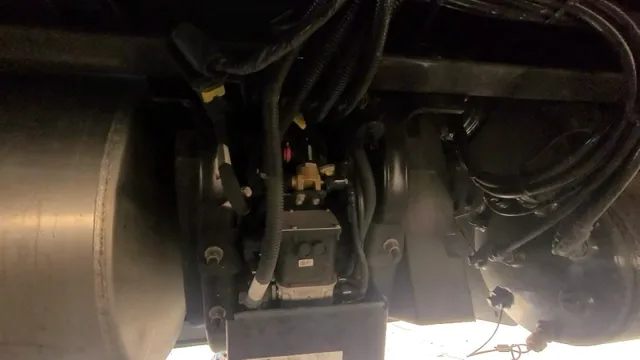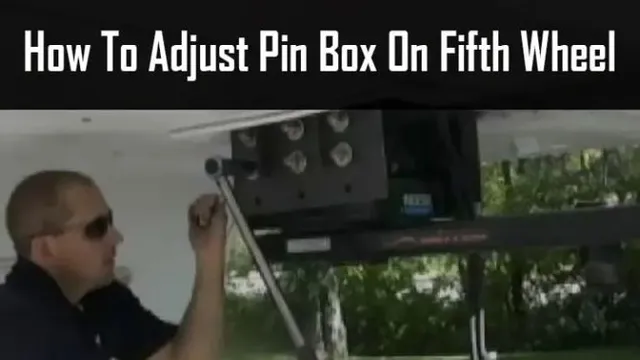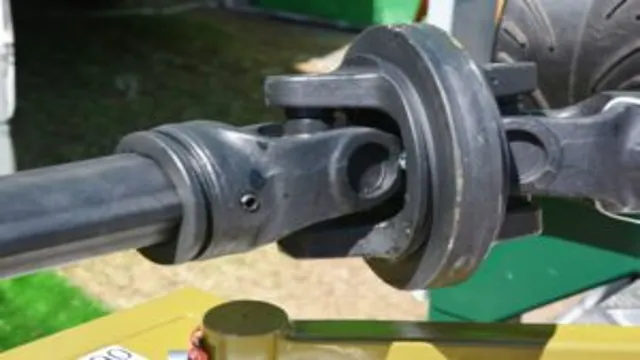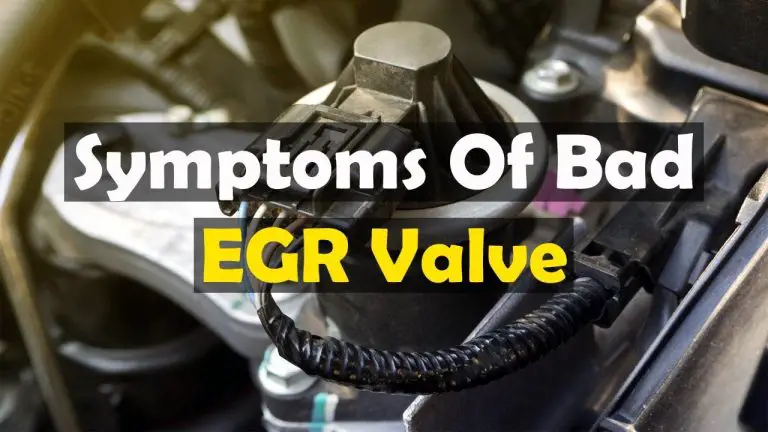How to Tell If Carburetor is Getting Fuel: Quick Diagnosis Tips
Ensuring that your carburetor is receiving the right amount of fuel is crucial for the proper functioning of your vehicle’s engine. If you are experiencing issues with fuel delivery to your carburetor, it’s essential to diagnose and address the problem promptly. In this article, we will discuss various methods to determine if your carburetor is getting fuel and how to troubleshoot potential issues.
Signs of a Carburetor Not Getting Enough Fuel
One of the most telling symptoms of a bad carburetor is hesitation when accelerating. This is typically the result of a lean fuel mixture, which means too much air and not enough fuel. Other signs may include difficulty starting the engine, rough idling, and stalling.
Checking Fuel Delivery to the Carburetor
To determine if your carburetor is getting fuel, you can perform the following checks:
- Check for visible fuel inside the carburetor by removing the air cleaner and manually working the accelerator lever while observing the top of the carburetor. You should see fuel being squirted into the carburetor.
- Inspect the fuel filter, fuel pump operation, and fuel lines for any obstructions or issues that may disrupt the fuel flow to the carburetor.
- Remove the fuel line where it enters the carburetor and direct the flow into a container to check for a steady and adequate fuel supply.
Credit: www.boatdesign.net

Credit: m.youtube.com
Testing Fuel Delivery
If you want to further ensure the proper fuel pressure and delivery to the carburetor, you can use a fuel pressure gauge to measure the fuel pressure at the carburetor inlet. This will help you determine if the fuel system is providing the required pressure for optimal carburetor performance.
Using Carburetor Cleaner
If you suspect that your carburetor is not getting fuel, you can perform a quick test by spraying aerosol carburetor cleaner directly into the throttle while the engine is being cranked. If the engine starts and runs for a few seconds before dying, it indicates that there is spark and compression but insufficient fuel delivery to the engine.
Identifying Potential Fuel System Issues
When troubleshooting fuel delivery to the carburetor, it’s important to consider other potential issues that can affect the fuel system, such as a clogged fuel filter, faulty fuel pump, or obstructed fuel lines. Addressing these issues can help ensure consistent fuel flow to the carburetor.
Frequently Asked Questions
How Do You Check If A Carb Is Getting Fuel?
To check if a carb is getting fuel, remove the air cleaner and manually work the accelerator lever while looking down into the carb. You should see gas being squirted into the top of the carb. Ensure proper fuel pressure for further testing.
Symptoms of a bad carburetor include hesitation when accelerating, resulting from a lean fuel mixture.
What Are The Symptoms Of A Carburetor Not Getting Enough Fuel?
Symptoms of a carburetor not getting enough fuel include hesitation during acceleration due to a lean fuel mixture.
Why Is My Carburetor Not Getting Fuel?
If your carburetor is not getting fuel, it could be due to a clogged fuel filter or line, a faulty fuel pump, or an issue with the carburetor itself. Check for blockages and ensure proper fuel pressure. If unsure, consult a mechanic for further diagnosis and repair.
How Do You Check If Fuel Is Making It To The Engine?
To check if fuel is reaching the engine, manually operate the accelerator while observing the carburetor for fuel squirting.
Conclusion
Proper fuel delivery to the carburetor is essential for the efficient operation of your vehicle’s engine. By following the steps outlined in this article, you can determine if your carburetor is getting the necessary fuel and take appropriate measures to address any potential issues in the fuel delivery system. Regular maintenance and inspection of the fuel system can help prevent carburetor-related problems and ensure optimal engine performance.


